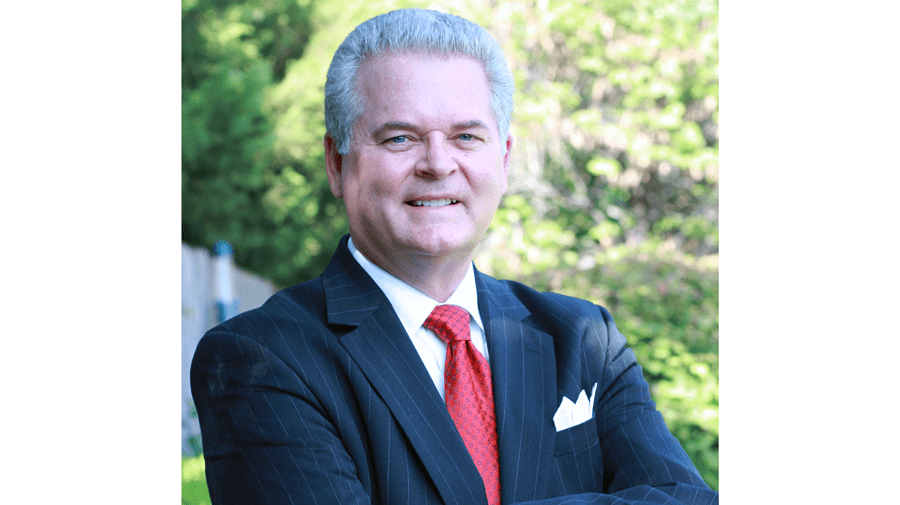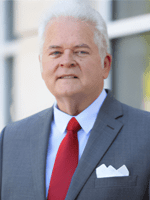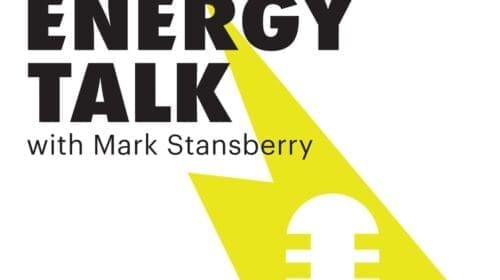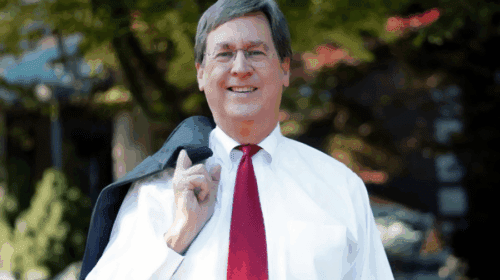Seventy-five years ago, June 6th, General Dwight D. Eisenhower led troops into what is known as D-Day. His outward display of confidence with the troops helped propel them to victory. In his book Sleeping Giants, Dr. Nathan Mellor writes, “When General Eisenhower had been named Supreme Commander of Allied Forces, he stressed the importance of morale. He outlawed negativity and used his formidable skills as a mediator to keep Allied leadership focused on objectives. Throughout this time, he had personally set the pace for his fellow leaders. His unflappable and direct approach to problem solving had been a source of inspiration. The stress of the job, however, was taking its toll.” Mellor speaks to Eisenhower’s dedication as a leader: “It says a great deal about Eisenhower that when he made the decision that D-Day was a go, he spent the final hours before the invasion with the men that he knew would pay the ultimate price for his decision. He wanted to be among the troops, to see their faces and gauge their readiness.”
In 1968, I had a cartoon book on the life of Dwight D. Eisenhower. It highlighted D-Day, his presidency, childhood and overall life. That same year, he had a heart attack in Gettysburg, PA, where he was residing. I heard from my mom that he had this heart attack, so I sent him a letter wishing him well. I got a note back from him, prepared by his staff, signed Dwight D. Eisenhower, which thrilled this young twelve-year-old boy.
Fast forward to 1992, I became a delegate to Russia under the People to People International program. What I found out is that People to People International was founded by Dwight D. Eisenhower the year I was born, 1956, with the mission of peace through understanding, and with an emphasis on humanitarian, cultural and educational efforts worldwide. His legacy continued to have an effect on my life, when in 1994, I led a delegation of People to People International to China. Eventually, I became a member of the Board of Directors of People to People International in 2007. From 2009 to 2013 I served as Chairman of Worldwide Operations for People to People International.
The U.S. Energy Industry was vital to the success of D-Day and World War II overall. On the energy front, I was elected President of The International Society of the Energy Advocates in 2003. For over 40 years, The Energy Advocates organization has been an energy education voice throughout America. A few years before I became president, the Energy Advocates was the lead group in remembrance and establishment of two seven-foot statues for the Oil Patch Warriors, one in England and one in Oklahoma.
I tell these stories, because the importance of the Eisenhower legacy and the oil patch industry go hand in hand. In my lifetime, energy needs and energy security have become vital. As in 1944, to this day, America has needed America’s energy. We carry on the legacy of Dwight D. Eisenhower, those that fought in D-Day, and the Oil Patch Warriors.
Join the effort: Facebook: National Energy talk.
Mark A. Stansberry, energy advisor and corporate development strategist, has been a columnist and contributor for Energies Media since 2014. He is the author of America Needs America’s Energy: Creating Together the People’s Energy Plan and the host of the National Energy Talk podcast. Stansberry served as U.S. Senator Bartlett’s intern/staff member from 1975-76, and led Senators Bellmon and Bartlett’s State Youth Conference in 1976. Stansberry can be contacted through his website.









